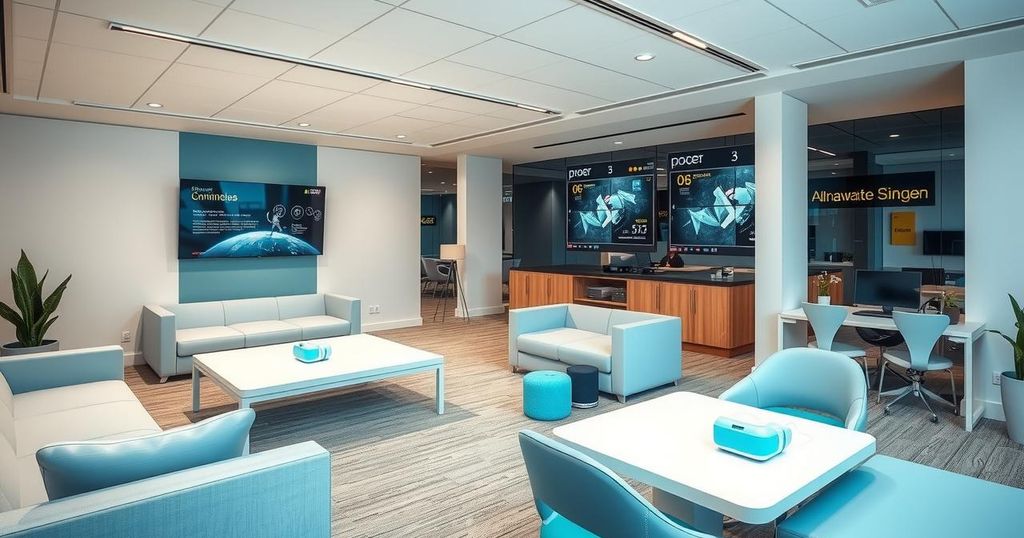Finding the Value in Work and Workforce Technology
Organizations today confront significant challenges in measuring the value of workforce technology. Traditional tech investments often overlook the transformative impact these innovations have on work. Leaders must embrace a nontraditional approach, redefining metrics to capture improvements in human capabilities, engagement, and collaboration while aligning technology with broader business goals.
In today’s fast-paced digital landscape, organizations are grappling with how to effectively harness technology to enhance workforce performance and overall productivity. Traditional value cases for tech investments often fall short, failing to account for the myriad ways these technologies are reshaping work itself. As you ponder these challenges, it’s crucial for leaders to determine whether a nontraditional approach is necessary to truly measure the value of their technological investments.
First and foremost, it’s about understanding the intent behind the technology. Too many businesses plug technology into existing workflows without considering how it fundamentally changes job roles and tasks. If you’re investing in technology that has the potential to reshape work, like AI writing tools that handle initial drafts, then you might need a fresh perspective.
Moreover, the next-generation tech in question usually aims to enhance human capabilities rather than replace them. These innovations might unlock creativity, improve learning speed, or help internalize critical organizational knowledge—benefits that flying under the radar make them challenging to quantify. When you consider investments that carry risks but hold the promise of high returns, a more nuanced valuation is essential.
Take into account the factors beyond individual departments. Some technologies, particularly AI-enhanced collaboration tools, exert influence across various functions. Additionally, the time frame for realizing a return on investment isn’t always clear. When can you realistically expect payback? Maybe a year, maybe three? The uncertainty adds a layer of complexity.
Once you’ve established the need for a different approach, it’s time to brainstorm new metrics that actually matter. Research from Deloitte reveals that 73% of executives struggle to define the value of their tech investments due to outdated metrics. Take, for example, productivity tools promising to save each employee 30 minutes a week—how will you measure that time saved? Instead of aligning with conventional thinking, consider how to reinvest those extra hours toward achieving more significant business goals, like cutting down on burnout.
One Fortune 100 food and beverage company serves as a great case study; they sought to build a digital experience hub for over 300,000 employees. Their strategy encompassed three core pillars: speeding up tasks to focus on value, reducing service costs while boosting responsiveness, and enhancing the employee experience to foster retention. They calculated that 2 million hours of employee time could be reclaimed each year—all while linking improved employee satisfaction metrics with increased customer happiness and innovation.
Eaton, a global power management firm, is another entity that had to devise novel metrics after integrating AI into their hiring processes. Their approach shifted from merely measuring efficiency to enhancing the candidate experience, resulting in significant improvements in hiring metrics and talent acquisition speed.
This entire shift away from substitution—where technology merely replaces workers—is crucial. Research shows only a sliver of jobs could be replaced by AI, as much still requires human judgment. Instead, organizations are now leveraging tech to augment human capabilities. By giving workers augmented-reality tools, for instance, maintenance tasks become quicker and safer, striking a balance between human expertise and technological efficiency.
Ultimately, we’re facing a paradigm shift where technology and human performance converge in ways that enhance sustainability and drive business growth. Organizations that fail to recognize the impact of technology on human well-being risk wasting their investments. Conversely, leveraging tech to boost collaboration, innovation, and employee satisfaction not only adds value but paves the way for unprecedented business success—even beyond just improving productivity.
In conclusion, as businesses evolve, the focus need not only be on how technology can replace human labor but rather, how it can coexist to empower individuals. This paradigm eagerly anticipates a future where human experience and technological advancements mesh seamlessly. The path forward involves innovative metrics and a renewed governance approach to ensure organizations can measure both human and business outcomes effectively. It’s clear; the world’s changing, and so must our perspective towards technology in the workplace.
To navigate the intricacies of modern tech investments, organizations must redefine their approach to measuring value. By recognizing that traditional metrics often fall short, companies can instead focus on how technology enhances human capabilities and fosters performance. The key lies in crafting a holistic understanding of tech’s impact on both workers and overall business goals—the critical journey towards truly unlocking technological potential in today’s workforce.
Original Source: www2.deloitte.com




Post Comment